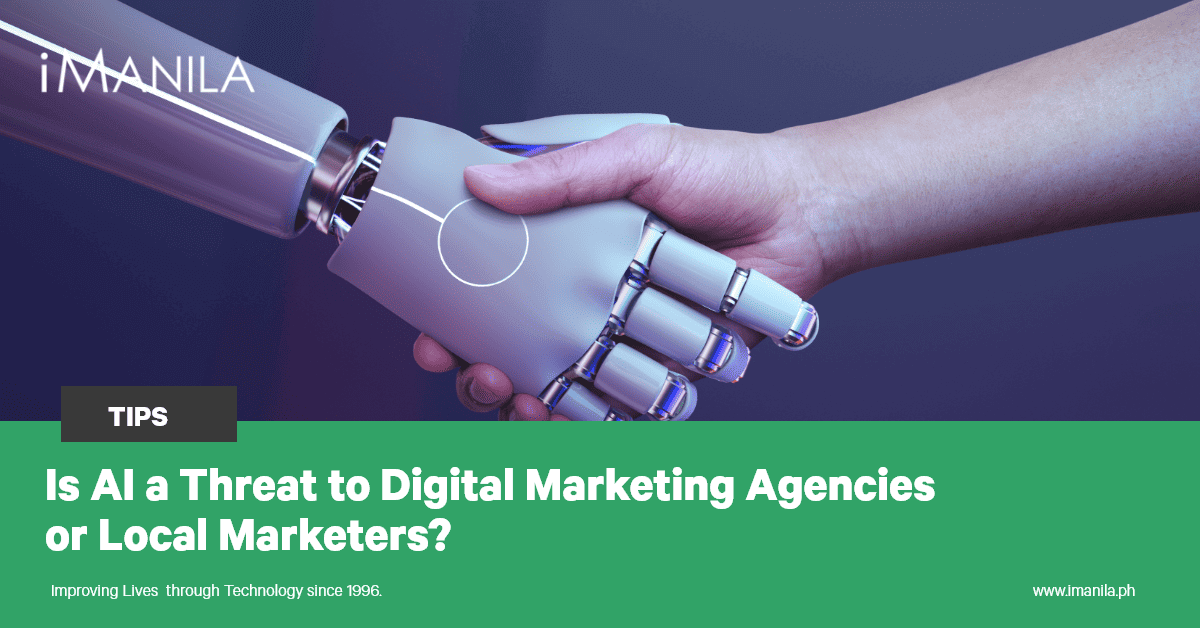Why Fast Web Hosting Matters in SEO
Search Engine Optimization (SEO) is a vital component in providing the visibility and success of your website. It’s no secret that SEO involves many factors, from high-quality content to strategic keyword placement and backlink building. However, one frequently ignored but vital part of SEO is the speed of your web hosting.
A web host server is like the foundation of your online presence. It’s where all your website’s files, data, and content reside. Think of it as the digital real estate where your website lives. When someone enters your website’s URL into their browser, the web host server delivers the requested web pages to the visitor’s device. In essence, it’s the backbone of your online identity.
So, why does fast web hosting matter in SEO, and how can it impact the overall success of your online presence? This blog will explain why fast web hosting is necessary for your website.
Page Loading Speed and User Experience

Users have high expectations regarding website loading speed, with 40% likely to leave if a site takes too long to load. Generally, slow-loading pages can frustrate users, discouraging them from engaging with your website or from purchasing your products. This negative user experience can result in increased bounce rates and reduced dwell times, both of which search engines like Google consider when ranking websites.
Choosing fast and reliable web hosting services like iManila can help ensure that your web pages load quickly, leading to a more positive user experience. This improved user engagement can also send positive signals to search engines, potentially boosting your SEO efforts.
Search Engines Prioritize Speed
Search engines, including Google, constantly refine their algorithms to provide users with the best search results. In recent years, website speed has become a prominent ranking factor. Google, for instance, has openly stated that it considers page speed when determining how websites should rank. Faster-loading websites are rewarded with higher positions in search results, while slower websites are penalized.
Faster Indexing
Search engine crawlers frequently scan websites to index their content. Slow-loading websites can hinder crawling, leading to incomplete or delayed indexing. With a fast web hosting server, your site becomes more accessible to search engine crawlers. Consequently, this results in quicker and more accurate indexing of your content.
Reduced Downtime
Downtime poses a significant threat to SEO effectiveness. If your website frequently experiences downtime due to unreliable hosting, search engines may view it as an untrustworthy source of information. Consequently, this can result in decreased rankings and diminished credibility in the eyes of search engines. Choosing fast and reliable web hosting providers ensures your website remains accessible to users and search engine crawlers. Partnering with a trusted web hosting provider enhances overall SEO performance.
Choosing the Right Hosting Provider

When it comes to SEO, not all web hosting providers are created equal. Here are some factors to consider when choosing a hosting provider:
-
Speed:
Find renowned web hosting providers with fast hosting services and minimal server response times. Improving loading speeds enhances the user experience and strengthens security by decreasing attack vulnerability.
-
Reliability:
Prioritize hosting companies that offer high uptime guarantees. Ensuring your website is consistently accessible is vital for maintaining security. In addition, frequent downtime can expose your site to potential threats.
-
CDN Integration:
Evaluate hosting providers that seamlessly integrate CDN services. CDNs enhance security by distributing your website’s content across multiple servers and locations, mitigating the risk of DDoS attacks and improving load times for global users.
-
Scalability:
Confirm that your chosen hosting plan can accommodate your website’s future growth without sacrificing speed or reliability. Furthermore, scalability is crucial for adapting to increased traffic and ensuring your security measures remain effective as your site expands.
-
Security Features:
Look for hosting providers that offer robust security features, including SSL certificates, firewall protection, malware scanning, and regular security audits. A preventive security approach is crucial for protecting your website and data.
In Conclusion
A reliable web hosting provider is not just a matter of convenience; it’s a crucial element of successful SEO. Your website’s SEO performance, search engine rankings, and the influx of organic traffic depend on it. With iManila’s web hosting, you can ensure that your website loads fast, benefiting your users and your SEO efforts. Make the smart choice for your website’s future by choosing iManila.
With 27 years of experience in the industry and an IT company at its core, iManila, having been one of the first Internet Service Providers in the Philippines, a web development company and a top digital marketing company in the country, is committed to providing our clients with innovative information technology, web, and digital solutions.
iManila is a top hosting provider in the Philippines, offering reliable web hosting solutions, including shared web hosting, business cloud hosting, and dedicated server hosting to meet your business needs. As a leading web development company, iManila also offers web design and development, website update and maintenance, and technical, desktop, and remote support services. Our expertise extends to mobile applications development specializing in customized web systems catered to diverse industries. As a top digital marketing agency, we also offer a wide range of digital marketing services. Talk to us!






















